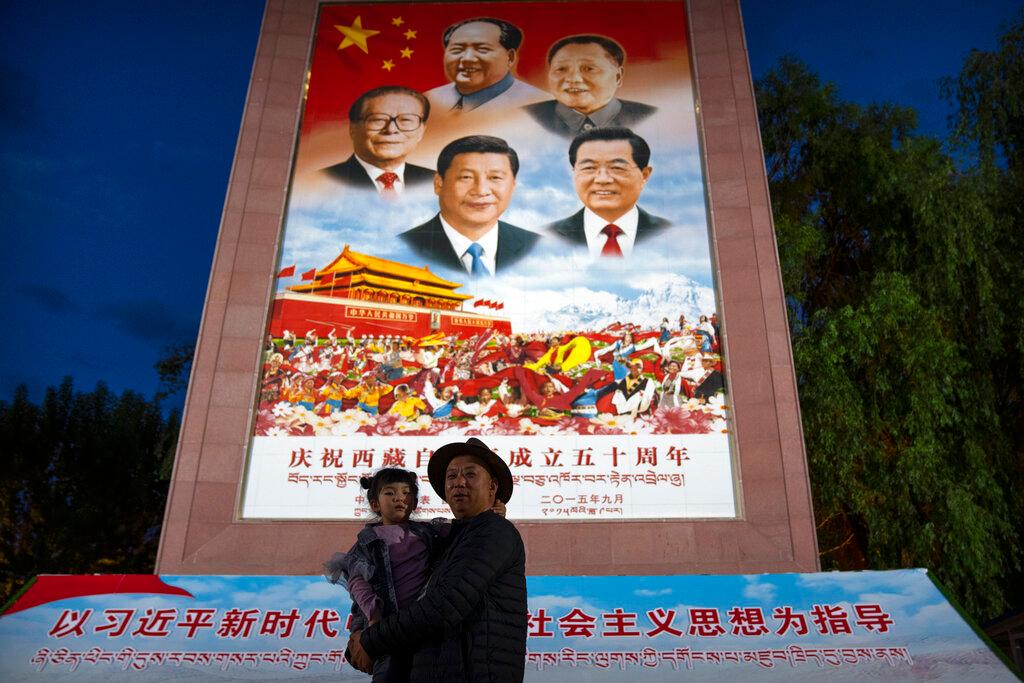China’s President Xi Jinping makes surprise visit to Tibet
There is speculation that the visit was to celebrate 70 years since Beijing 'peacefully liberated' Tibet.
Just In
In a surprising turn of political events, Chinese President Xi Jinping has made a visit to Tibet where he was seen addressing people facing the “Monument to the Peaceful Liberation of Tibet” in front of the Potala Palace, the traditional winter residence of the Dalai Lama.
Amid the rift with the Tibetan Government, the surprise visit of the Chinese president raised several questions. However, one of the possible reasons is speculated to be the 70th anniversary of the controversial 17 Point Agreement made in 1951 which formalised Beijing’s sovereignty over Tibet.
Xi visited the Tibet autonomous region on Wednesday and Thursday, according to the official Xinhua news agency, in his first recorded visit as leader in more than three decades.
Although he arrived on Wednesday there was no mention of his visit in official media until two days later.
Footage released on Friday by state broadcaster CCTV, showed Xi being greeted by a crowd wearing ethnic costumes and waving Chinese flags as he left his plane.
After a “warm welcome by cadres and masses of all ethnic groups”, Xi made several official visits to learn about ecological and environmental protection, CCTV said.
On Thursday, he took a train to Lhasa where he visited a monastery and the Potala Palace, and “inspected ethnic religion” and Tibetan cultural heritage protection, according to Xinhua.
The palace is the traditional home of Tibetan Buddhism’s spiritual leader, the Dalai Lama, who is in exile and is still branded a dangerous separatist by Beijing.
Tibet, on China’s border with India, has critical strategic importance to Beijing. Last year China and India saw the most serious clash in decades on their disputed border in the Himalayas, with deaths on both sides.
Tibet has alternated over the centuries between independence and control by China, which says it “peacefully liberated” the rugged plateau in 1951 and brought infrastructure and education to the previously underdeveloped region.
But many exiled Tibetans accuse the central government of religious repression and eroding their culture. In 2008, the region exploded in deadly rioting after rising anger over the perceived dilution of its ancient culture by rapid Chinese-fuelled development.
Xi has visited Tibet twice, once in 1998 as Fujian province’s party chief and another time in 2011 as vice-president. The last Chinese president to visit was Jiang Zemin in 1990.
Advocacy group International Campaign for Tibet said on Thursday that people in Lhasa “reported unusual activities and monitoring of their movement” ahead of the visit, with roads blocked and security officers checking on individuals’ activities.
Beijing sees development as an antidote to discontent in Tibet, where many still revere the Dalai Lama and resent an influx of Chinese tourists and settlers.
Since 2008 China has poured investment into the region, making Tibet one of China’s fastest-growing regions economically, according to local statistics.
Subscribe to our newsletter
To be updated with all the latest news and analyses daily.
Most Read
No articles found.
